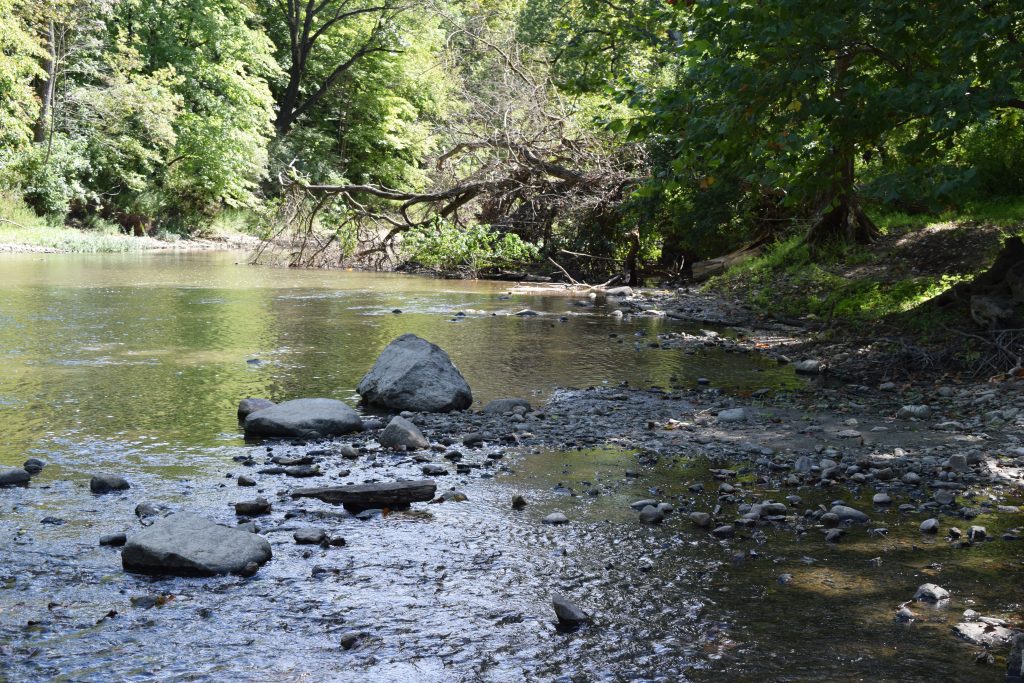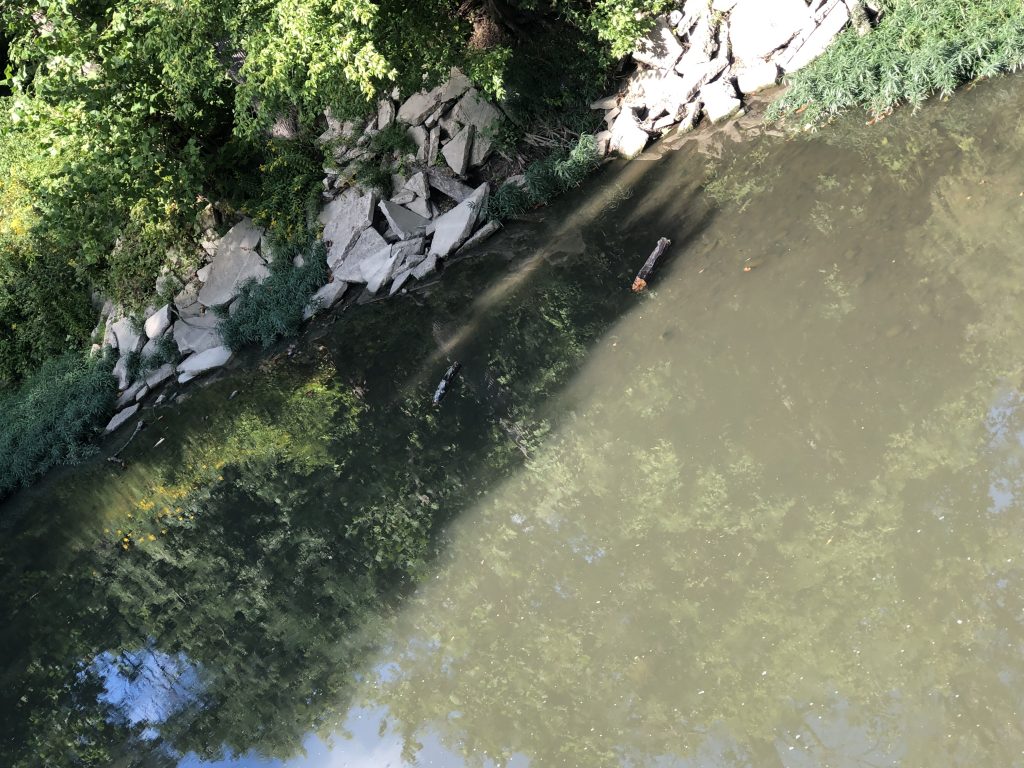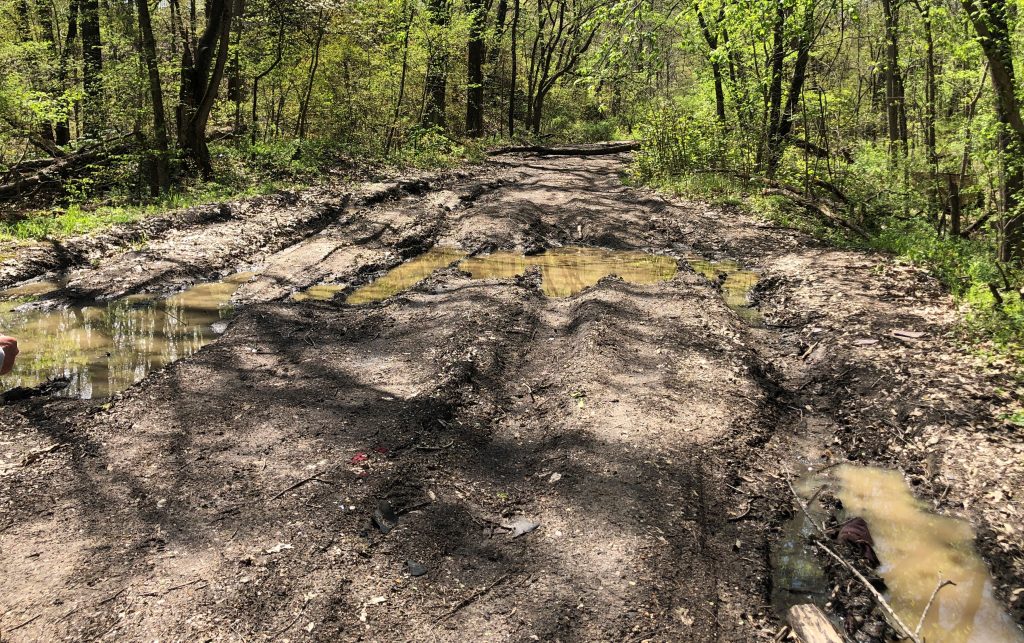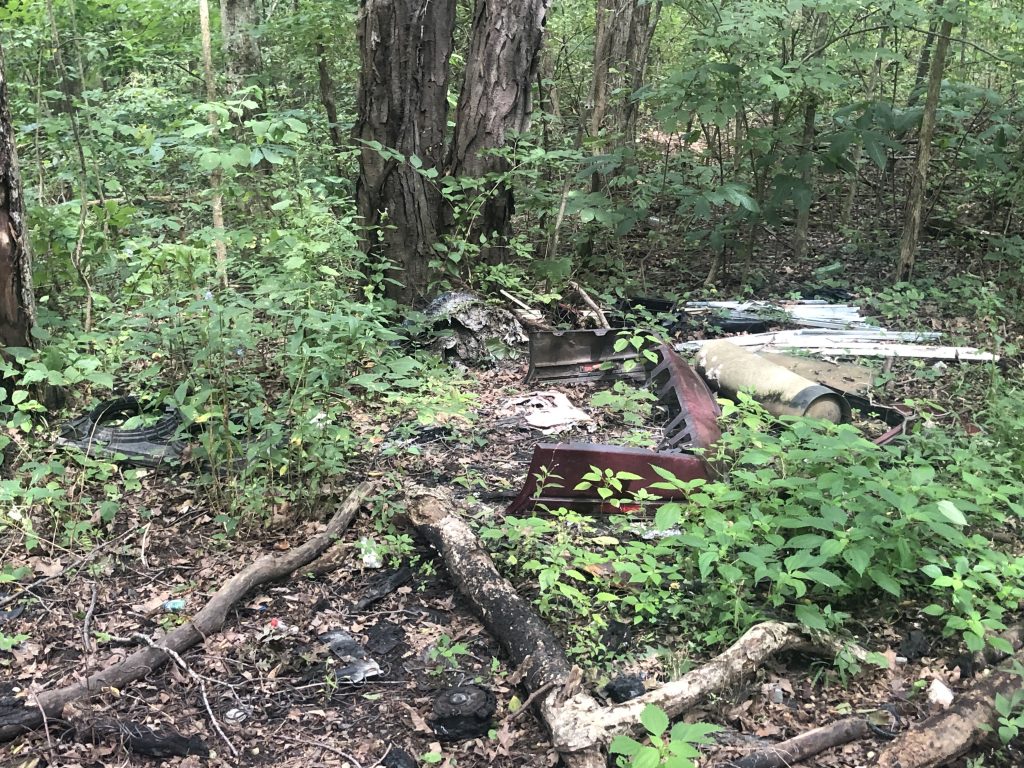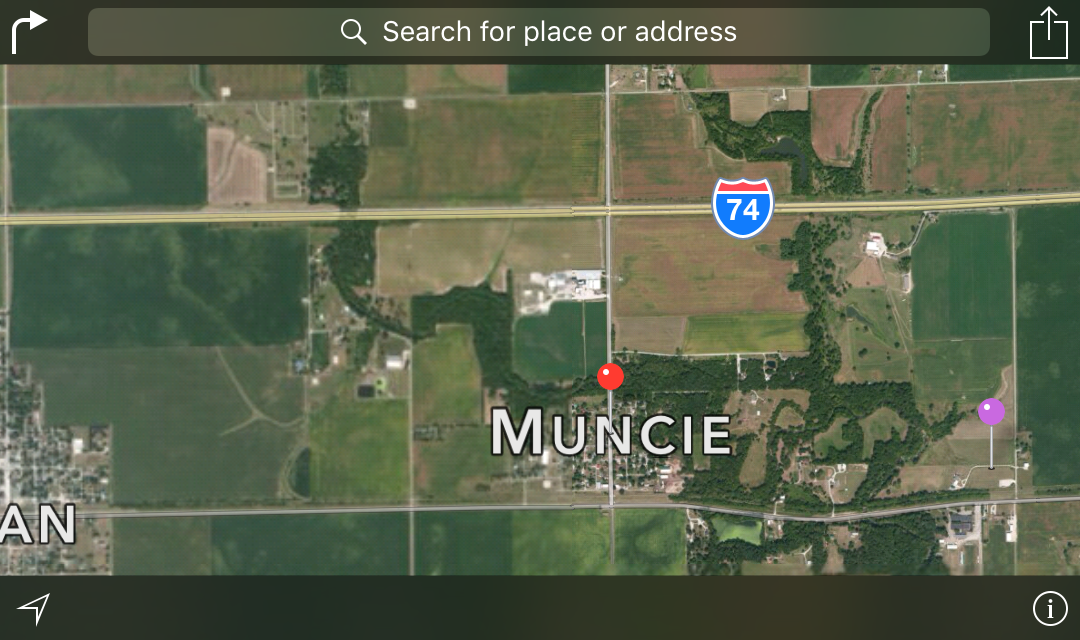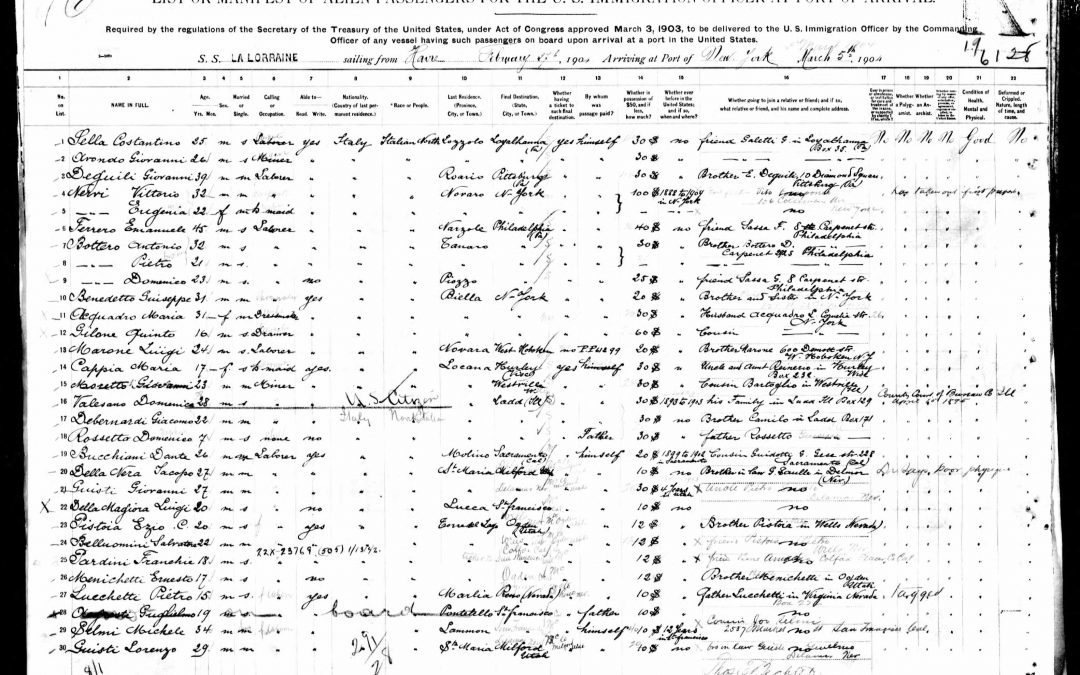I am including the Lindsey Corbley exert here from “A Standard History of Champaign County Illinois”. I find it very interesting that Edward isn’t mentioned here, yet there is land in Vermilion County (Edward owned land with his brother) and Cannon is mentioned – Edward’s land sold when it was foreclosed on to Cannon. I still keep thinking there is so much to the story!
- R. STEWART
Supervising Editor
Assisted by a Board of Advisory Editors
LINDSEY CORBLY. The activities of Lindsey Corbly go far back into the pioneer history of Champaign County. He was here over sixty years ago and he endured the ordeals of life on the frontier. The years have visited his efforts with abundant prosperity. Material possessions have been only part of the riches of his experience. He has lived a life of honor, peace and industry, and now in his declining years, in his home at Paxton, he enjoys the esteem of both old and young.
Mr. Corbly was born at Garrard’s Fort in Greene County, Pennsylvania, the third son of William and Rebecca (Stephens) Corbly, also natives of Pennsylvania. The records of the Corbly family go far back into pioneer days of the Pennsylvania colony. His grandfather, Rev. John Corbly, was a pioneer Baptist minister along the frontier line of western Pennsylvania. He was a native of England, but had come to America before the Revolution and first settled in western Virginia and afterwards in Greene County, Pennsylvania. He was instrumental in building the first church at Garrard’s Fort. This was a log building and other edifices followed it, while in 1909 the congregation erected their fourth church home, a brick edifice dedicated that year and named the John Corbly Memorial Church. The name was fittingly bestowed to honor one of the most devoted churchmen of the West. The proposition had been long discussed as to some appropriate memorial to this good and worthy man, and it was finally decided to erect a church which would stand for years and recall his good deeds and unselfish labors.
Rev. John Corbly was three times married. His first wife was a cousin of President Tvler. The fate of his second wife will be mentioned presently. His third wife was a daughter of Colonel Andrew Lynn, who served with that rank in the Revolutionary War. It was his daughter Nancy Ann who married Rev. John Corbly, and she was the grandmother of Mr. Lindsey Corbly of Champaign County. Mr. Corbly in his home at Paxton has a book, entitled “Chronicles of Border Warfare,” published at Clarksburg, Virginia, in 1831. The pages of that work contain the record of a tragic incident in which Rev. John Corbly figured. It occurred on Muddy Creek, Pennsylvania, May 10, 1781. He and his wife and five children were on the way to church, the wife and children preceding, when a band of savages sprang up from the roadside and fell upon Mrs. Corbly and the children. The infant in the mother’s arms was the first victim. The mother was then struck several severe blows, and not falling, was shot through the body by a savage who had chased her husband. A little son six years old and two girls, two and four years of age, were also victims of the savage onslaught. The oldest daughter concealed herself in a fallen log and witnessed all that transpired. She came out before the Indians had retired, and was caught and slain. The only survivors of the massacre were the father and the two younger daughters, who by careful nursing were restored. Both of them grew up, though one died later as a result of the horrible treatment she had received. The other lived, married and reared a large family.
From this and other facts it is clear that the Corblys took a prominent part in the early days of western Pennsylvania. During the Centennial year a paper was published devoted to the prominent pioneer families of Pennsylvania and the Corblys were mentioned in the record. Mr. Lindsey Corbly’s parents spent their lives in Pennsylvania and his father died in 1875 and his mother in 1855. Mr. Corbly acquired his education chiefly in the school of experience, and since the age of sixteen has made his own way in the world. For a time he worked for an uncle who had extensive interests as a live stock man in Ohio. While there he was paid wages of $7 a month. He soon became known as the “boss cattle driver” for his uncle. In those days live stock was never sent by railroad, but always driven overland. One of Mr. Corbly’s early experiences was taking a large herd of stock from Missouri to Philadelphia. Much of the country in the Middle West was then wild and infested with lawless people, and he not only experienced many difficulties in getting his stock safely over the natural difficulties of the road but also had to watch closely against highwaymen who sought his money and life.
Mr. Corbly came to Illinois in 1853. locating in Champaign County, but two years later going to Vermilion County as a farmer. In 1863 he located in Kerr Township of Champaign County and gradually built up a large enterprise as a farmer and stockman. At one time he owned over 1,700 acres of land and his business as a land holder and stockman made his name familiar all over central Illinois.
Mr. Corbly has always manifested a public spirited interest in local affairs. In Kerr Township he served twenty years as township trustee, and was one of the members of the first election board at Gibson City and also a member of the first grand jury of Ford County. He was on the first board of commissioners who divided Ford Countv into townships and was a member of the board of supervisors when the University of Illinois located at Champaign. Politically he began voting as a Whig and became an original Republican at the formation of that party over sixty years ago. He has always been staunchly aligned with this party and has been convinced that the best and most enduring principles of real democracy are expressed through the Republican party. Mr. Corbly has had many notable friendships with leading statesmen and many prominent Republicans, including Joe Cannon, have visited his home. He has always been a great admirer of Lincoln and has had personal acquaintance with Generals Sherman, Sheridan and Halleck. The spicy sayings of Lincoln have been treasured by him and have no doubt had their influence upon his life. One of these maxims which he has often quoted is “never trade horses while crossing the river.”
On moving to Kerr Township Mr. Corbly selected land which would be especially available for his stock interests. There he reared his family, built fine farm buildings, planted shade trees, and many improvements in that section stand as a monument to his labors and early enterprise.
Since December, 1875, Mr. Corbly has been an active member of the Methodist Episcopal Church. He entered church work through the influence of J. D. Bodkin, now secretary of the State of Kansas, and Eev. James Goodspeed.
On February 24, 1856, Mr. Corbly married for his first wife Sarah Wood. She was born and reared in Vermilion County, Illinois, a daughter of Henry and Nancy Wood. Six children were born to this union, three of whom died in infancy. Those living are Henry L., William Sherman and James L. Henry L. Corbly married Julia B. Webber. He is now a retired farmer living at Paxton and his children are Mrs. Fay Flagg, Lindsey R. and Gladys. Lindsey Ross Corbly lives in Haywood Township and married Fay Goodwin of Ford County. Gladys Corbly is a sophomore in the Woman’s College of Jacksonville, Illinois.
William Sherman Corbly married Mary A. Yule of Saybrook, McLean County, Illinois, and they reside at Paxton. Their children are : George Y. and Lynn S. George Y. is a farmer in Button Township of Ford County and by his marriage to Jessie Jenkinson has a daughter, Virginia. Lynn S. Corbly is a graduate of the University of Illinois, a successful practicing attorney in Champaign County, and married Marguerite Clark of Paxton. James L. Corbly married Ellen Sheehan of Ludlow. Their children are Frank, Ralph, “Jimmie Lee,” Owen, Ray, Elmer, Marguerite and Pauline (twins), and Irene. Of these Frank married Belle Jackson and they reside on a farm adjoining his father. Owen Corbly married Vesta Wampler and is also a farmer living near his father.
The mother of these children and first wife of Mr. Corbly entered into rest January 17, 1866, after ten years of married life. She was a good woman, a kind neighbor and a loving wife and mother. For his second wife Mr. Corbly married Mary A. Scholl. She was born near Saegerstown, Pennsylvania, daughter of Dr. Peter Scholl and Elizabeth (Woodring) Scholl of Crawford County, Pennsylvania. By Mr. Corbly’s second marriage the children are Fred M., Laura F. and Evelyn. Evelyn is the wife of P. A. Kemp of Los Angeles, California, who is a state officer of the Court of Honor. They have one son, Lynn, twelve years old. The mother of these children passed away March 10, 1907. On June 24, 1909, Mr. Corbly married Mrs. Emily Wait. She was born and reared in Vermilion County, daughter of Samuel and Elizabeth Copeland, natives of Ohio.
The daughter Laura F. married Oscar H. Wylie, a prominent Ford County lawyer, at Paxton, Illinois, who has filled numerous important public offices and for eight years was prosecuting attorney of Ford County, proving to be a fearless, honest public official. For four years he was Circuit Court clerk and recorder, at the time being one of the youngest officials in the state. Mr. and Mrs. Wylie have the following children: Mac, Howard, Evelyn, Emily and Francis. Mac, Howard and . Evelvn are all graduates of the Paxton High School, and Mac is a student in flip law department of the Northwestern University and also spent three years in DePauw University, in which latter institution Howard is, a student, and in the fall of 1917 Miss Evelyn proposes to enter. The two younger daughters attend the grade schools.
Ever since Mr. Corbly’s eightieth birthday it has been made an occasion of great family interest, one feature being the presentation of an immense bouquet of roses and chrysanthemums, his favorite flower, a blossom for every year, and another being the reading of a birthday poem composed by Mrs. Wylie. On the occasion of his eighty-fourth birthday, this tribute was so beautifully expressed and tenderly conceived that it deserves the prominence of an insertion in this history. In the midst of the loving family circle and with other friends present, Mr. Corbly listened to the following :
“Dear old father, with your beaming face,
Your kindly heart and whole-souled grace,
Your sterling worth as pioneer
Facing hardships without fear,
Always honest and square with the world,
Your banner for good ever unfurled,
That’s a record worth while, I say,
For this, your eighty-fourth birthday.
“Also, dear father, sweet is to me
The memory of thy charity;
Thy childlike faith in God and man,
Surprised at evil where thou didst find;
Hating deceit with all thy heart
Because for you was the honest part,
That’s a record worth while, I say,
For this, your eighty-fourth birthday.
“Again, dear father, I’ll say to thee,
That when you face eternity,
I would thy mantle of Christian love
Of charity like that above,
Should descend on those you love the best,
That our lives with good deeds may be blest,
And that our children may also say
Our records were good on each birthday.”
The record of Mr. Corbly has been such that no history of Champaign
County would be complete without its incorporation. He has stood for
the sound and worthy things of life in every relationship. On every side
may be found witnesses to his unimpeachable integrity and financial
responsibility. Some years ago after a fire in Paxton a few scattered
leaves from the reports of the Dun and Bradstreet Mercantile Credit
Agency were picked up. These gave commercial ratings of different citizens with credit attached of so many thousands of dollars to each one,
and when the name of Mr. Corbly was mentioned the rating was fixed in
the following significant language: “Good for anything he asks for.”
That his word has always been as good as his bond is not only expressive
of his business integrity but to all those other qualities which are sum and
substance of human character.
Mr. and Mrs. Corbly now occupy a pleasant and comfortable home on West State Street in Paxton. There they enjoy the confidence and esteem of a host of friends, and in the setting sun of his life Mr. Corbly has his good wife by his side, also has the solace of his children and the memory of a just and worthy career. It is an unusual retrospect which he enjoys.
He has seen a great and magnificent country develop before his eyes and with a most creditable share in its making on his own part. He has prospered, and at the same time has solved the intricate problems of experience, has reared and educated his children and has given them his own example as a guide to true and loyal citizenship.
